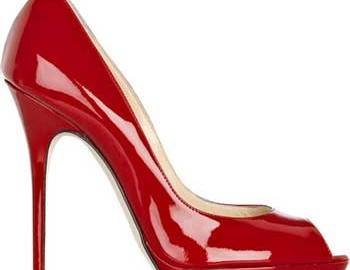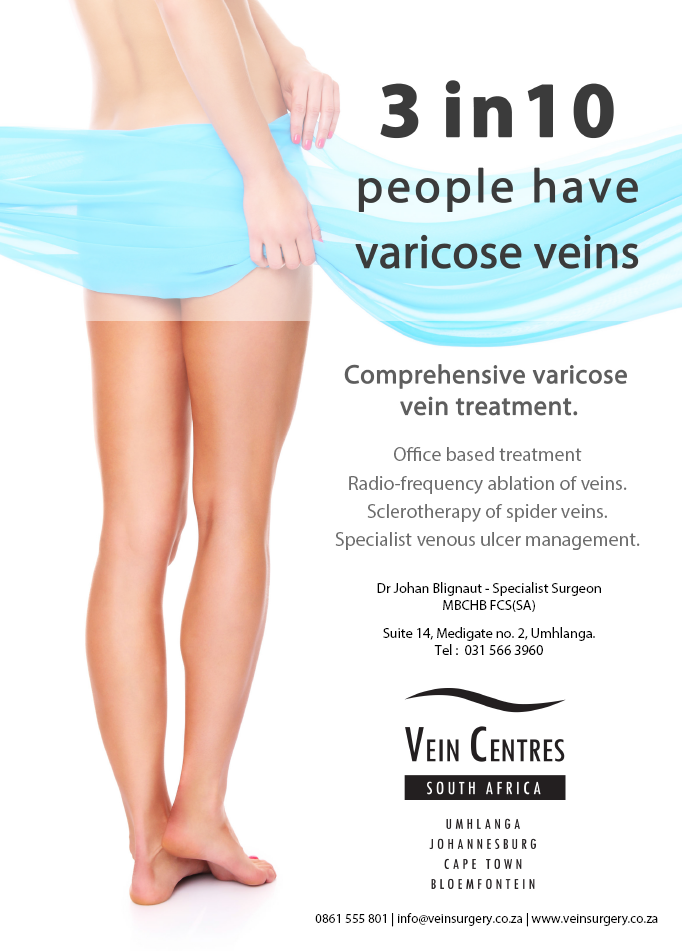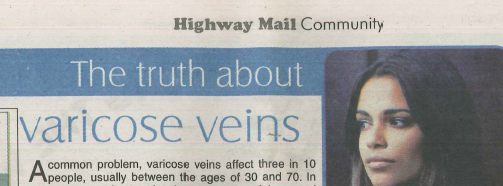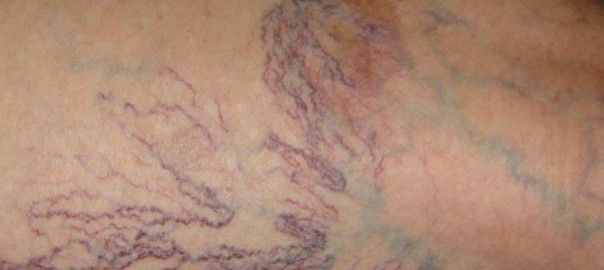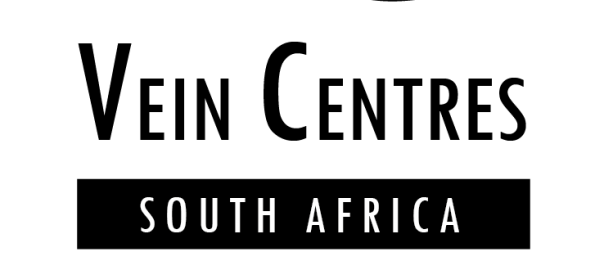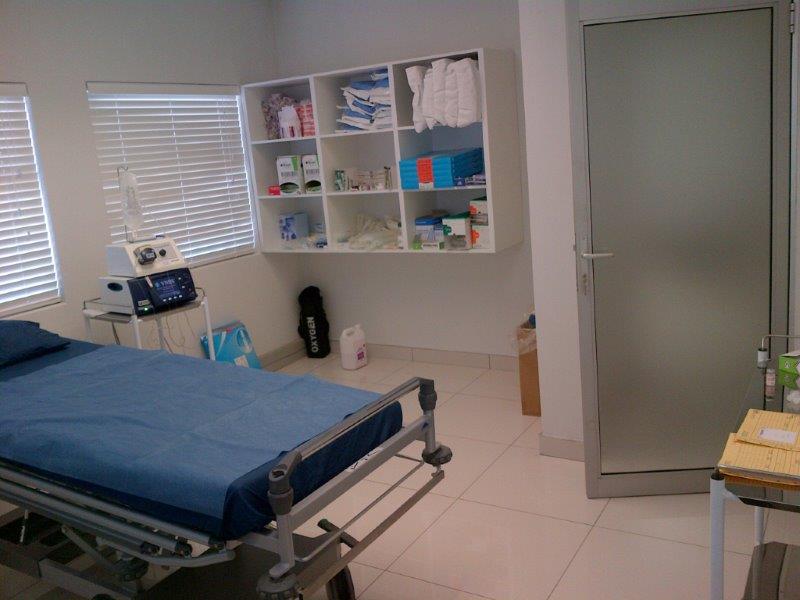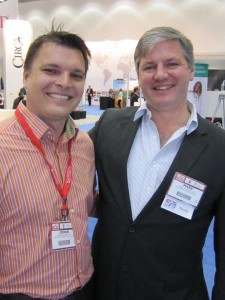Do high heels cause varicose veins?
The simple answer is NO.
There has been no verified scientific study to show that wearing high heels will cause varicose veins. Recently researchers from Preto Medical School in Sao Paulo conducted a trial comparing the effect of wearing high heels vs. barefoot on venous return in the legs.
Venous return is your body’s ability to return blood from your feet and legs back to your heart. The most important aspect of venous return is the function of the calf muscle pump. Every time your calf muscle contracts, it squeezes the veins in your legs and blood is pumped upwards in the leg. The blood moves upwards, because there are one way valves in the veins, directing the flow. These valves will close when the calf relaxes, and prevent blood from returning all the way to the foot. In this manner a column of blood is pumped towards the heart with every muscle contraction.
When wearing high heels, especially 7cm stilettos, this calf muscle is rendered almost useless, since you are walking on your tippy toes all the time. So back to the researchers, they compared 7cm stilettos, 7cm platform / wedges, 3.5cm medium heels and going barefoot and found that wearing 7cm heels impaired venous return in the leg with an associated impaired pump. The 3.5cm heel did not do much better either!
The conclusion was that the continuous use of high heels tends to provoke venous hypertension and may represent a causal factor of venous disease symptoms.
Having venous hypertension is only part of the puzzle, this needs to be combined with failing venous valves to cause venous reflux and varicose veins.
My advice to my patients is that the occasional use of high heels will not be detrimental to the health of your leg veins. Patients with symptoms of venous reflux – heavy legs, swelling, pain, large varicose veins, should be assessed for treatment, rather than worry about high heels and crossing your legs.
